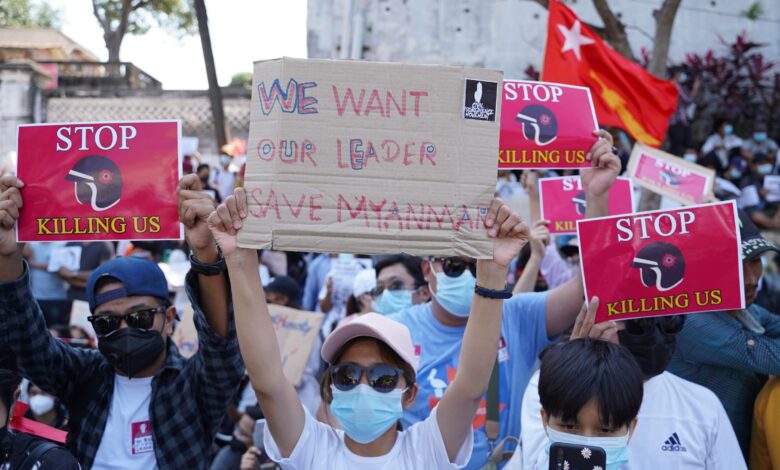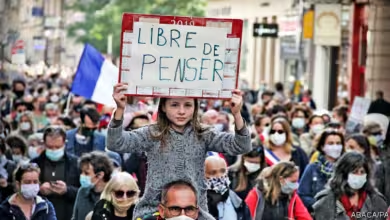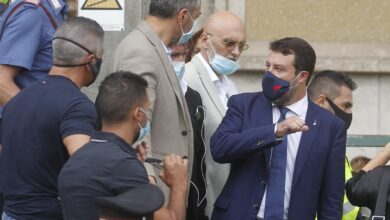The World Is Killing the Very People Trying to Save It

September 12: Six aid workers were among at least 18 people who died from an Israeli attack on a Gazan school, while 3 Red Cross members were killed in Ukraine after an air distribution site was shelled. These are not isolated incidents but part of a growing and disturbing trend: The humanitarian workers who are seeking to extend a helping hand and bring food to the children of Syria, Yemen, or other war zones are met with bullets and death.
While wars are still going on and conflicts are producing more and more humanitarian crises, aid workers lose their lives. On World Humanitarian Day, celebrated last month, organizations such as Action For Humanity sounded the alarm over unceasing attacks against humanitarian workers. However, ignoring these warnings, at least nine of our colleagues were killed in conflict areas on a single day in September. This grim reality tells about the negligence of all these calls for protection.
In Gaza alone, more than 280 aid workers have been killed up to this time, and it is expected to increase with no indications yet of a ceasefire. Some of the challenges that aid workers experience are not only the physical dangers but also reputation risks. Groups that ‘help’ Palestinians are vilified and stigmatized, threatened with ‘terrorism’ charges, and sometimes jailed. It has not only happened in Gaza, although attacks on aid workers have followed a similar pattern in other places as well. Around the world right now, in Ukraine, Sudan, and the Democratic Republic of the Congo, people who have made a life commitment to rescuing others are being killed for it.
The irony is stark: Indeed, the risks for aid workers have never been higher while the demand for their services is soaring. The number of people who need humanitarian aid is approximately 300 million, increasing daily. Wars are increasing, and the number of peace treaties is decreasing. Climate change affects more people than ever before, becoming refugees. While humanitarian aid workers are the life force of survival, their safety is not well protected.
Protecting aid workers has not been a problem due to standard international laws that can be used, but they are just violated. Perpetrators of these protections hardly get punished, and the lack of prosecution of such crimes by the international community makes aggressors raise the bar even more. Laws do not necessarily require an alteration, but enforcement does. That is what the lives of aid workers depend on.
Moreover, funding reduction has also become an important issue for humanitarian organizations. Governments, such as the UK government, which have relied on aid and development for years and decades, are cutting budgets. This puts pressure on the organizations, and they must compromise so their staff can work in conflict areas. Protecting aid workers is expensive, but it must be done since competent help is already scarce today.
It is a rather cruel irony that the operating environment is more dangerous for aid workers when such work may be more necessary than before. While the threats to aid workers increase across conflict-affected nations, the global community must appreciate that the lives of these helpers are not simply worth protecting for the sake of humanitarian norms and principles: hundreds of thousands of people’s lives depend on them.




